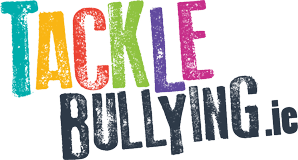The Better Internet for Kids portal provides information, guidance and resources on better internet issues from the Insafe-INHOPE network of Safer Internet Centres in Europe and other stakeholders. The Irish Safer Internet Centre is called webwise.ie and promotes the safer and better use of the internet and mobile technologies among children and young people.
The European Commission has adopted a new European strategy for a Better Internet for Kids (BIK+) with the vision to ensure that every child is protected, empowered and respected online. This strategy was created through a consultation process with children, parents, carers, teachers, educators, media professionals, civil society, academics and international organisations. The aim of the Better Internet for Kids strategy is to work for safer internet experiences for kids and to provide accessible, age appropriate and informative online content and services.
The three pillars of this strategy are:
1. Ensuring safe digital experiences
The European Commission will focus on an EU code for age-appropriate design, a European standard on online age verification and supporting reporting systems of illegal and harmful content. The BIK+ strategy will facilitate a comprehensive EU code of conduct on age-appropriate design which will cover topics like age assurance, clear information and data protection.
This strategy will also support the reporting of illegal and harmful content through the Safer Internet helplines and hotlines.
2. Digital empowerment
Media literacy campaigns and teaching modules aimed at children, teachers and parents will be designed in order to teach the necessary skills and competencies to navigate digital environments safely. These teaching modules will be available for teachers on the betterinternetforkids.eu portal.
3. Active participation
There will be more child-led activities to foster innovative, creative and safe digital experiences. This will be achieved through organising a child-led evaluation of the strategy every two years and supporting more experienced children teaching their peers about online opportunities and risks (peer to peer training).
